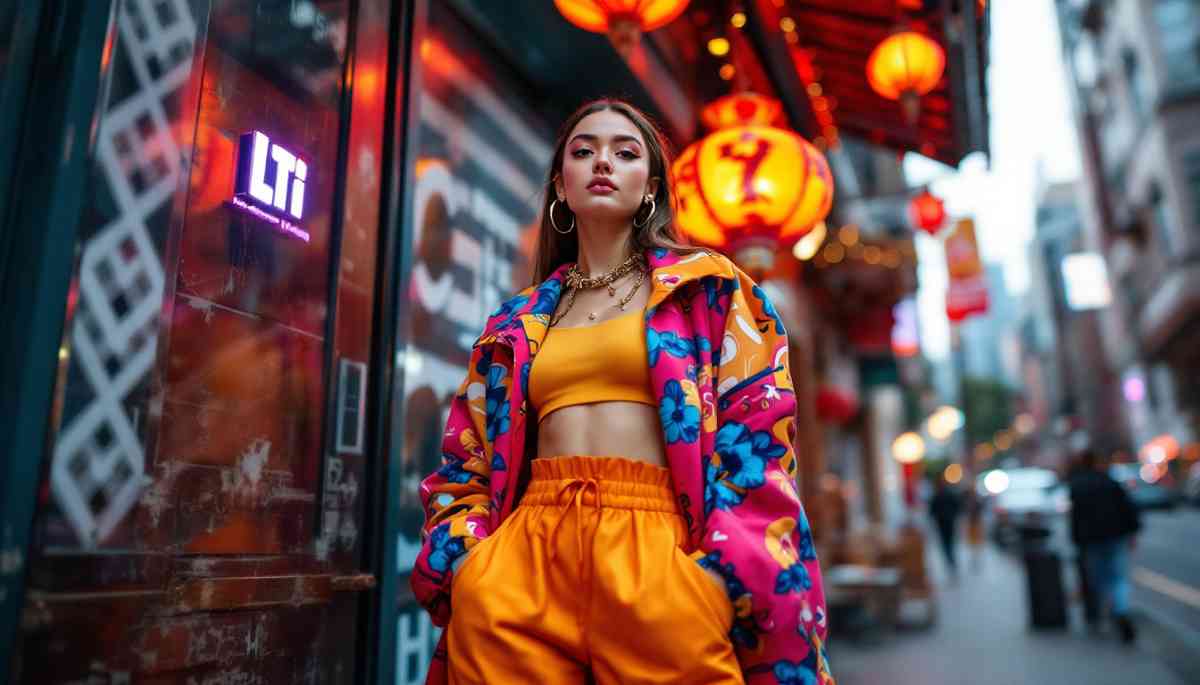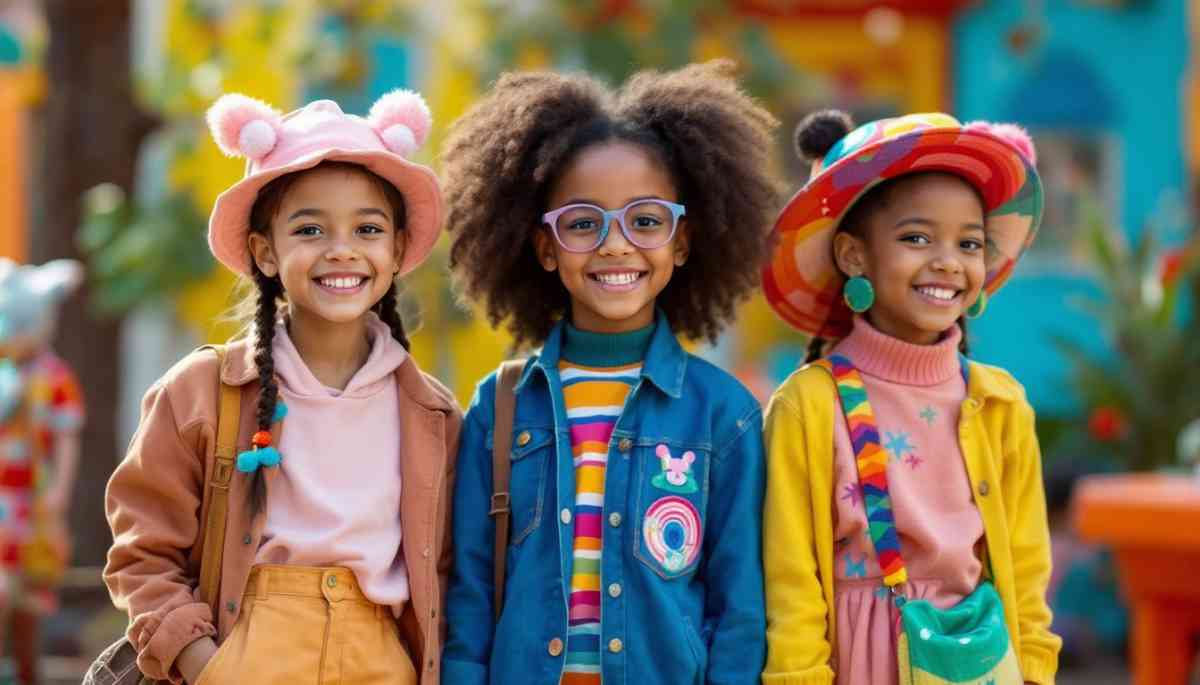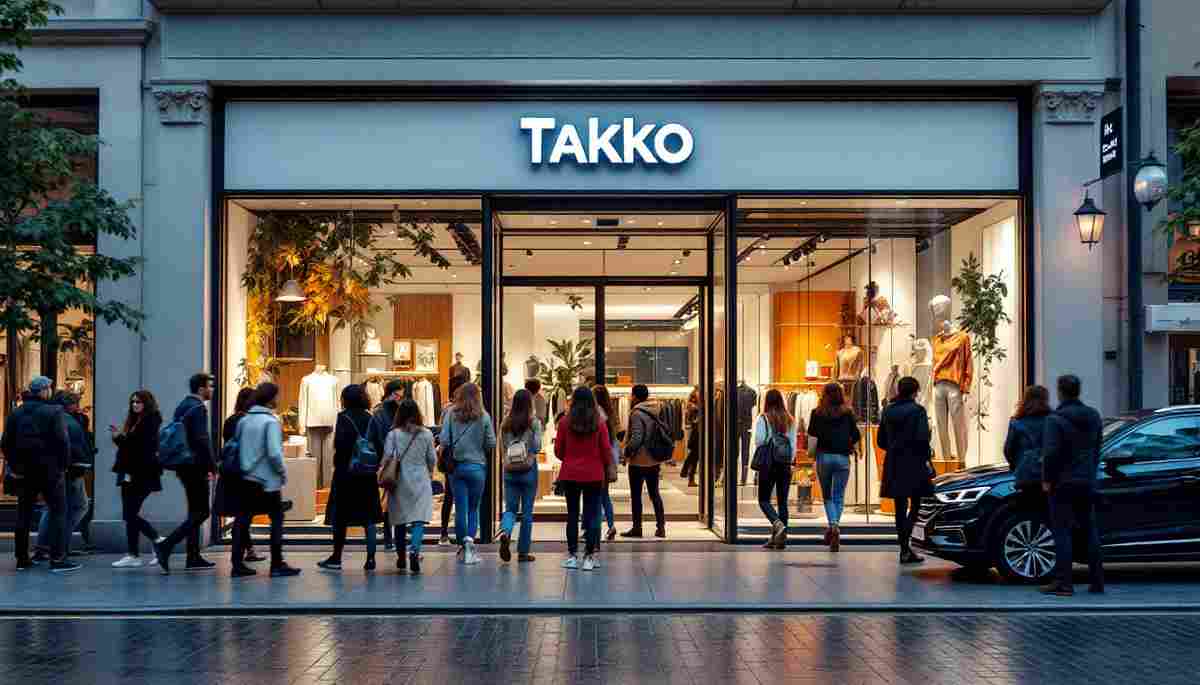The fusion of diverse cultural elements in fashion has become a focal point in modern design. At the heart of this innovation resides the intersection of LTI (Linguistic and Transnational Identities) and the traditional garment known as Garbi. This article delves into the various aspects of this integration, exploring its implications on contemporary fashion trends and cultural representation.
Exploring the Intersection of LTI and Fashion
The intersection of LTI and fashion encompasses a blend of cultures, languages, and identities that inform design choices. Fashion is no longer just about aesthetics; it communicates values, heritage, and global narratives. Designers are increasingly recognizing the complexities of identity, merging traditional garments with contemporary styles. This evolution reflects a broader societal shift towards inclusivity, where fashion serves as a canvas for storytelling and self-expression.
This blend is pivotal in creating pieces that resonate not only within their cultural roots but also appeal to a global audience. By embracing this intersection, designers can challenge norms and foster a greater dialogue about diversity and inclusion in the fashion industry. The rise of social media has further amplified this trend, allowing designers to showcase their work to a worldwide audience, while consumers are empowered to share their own narratives through fashion. This dynamic exchange encourages a richer understanding of cultural influences and promotes a sense of community among diverse groups.
Moreover, the incorporation of LTI in fashion also extends to sustainable practices and ethical production methods. As consumers become more conscious of the environmental impact of their purchases, designers are increasingly turning to traditional techniques that prioritize craftsmanship and sustainability. This not only preserves cultural heritage but also provides a counter-narrative to fast fashion, which often disregards the stories behind the garments. By highlighting the artistry involved in traditional methods, designers can create pieces that are not only visually stunning but also imbued with meaning, making each item a testament to the rich tapestry of human experience.
In addition to sustainability, the intersection of LTI and fashion opens up exciting avenues for collaboration. Designers from different backgrounds are coming together to create collections that celebrate their unique heritages while pushing the boundaries of contemporary fashion. These collaborations often result in innovative designs that blend various cultural motifs, fabrics, and techniques, leading to fresh interpretations of traditional styles. Such partnerships not only enrich the fashion landscape but also foster mutual respect and understanding among diverse communities, ultimately contributing to a more inclusive and vibrant industry.
The Evolution of Garbi in Contemporary Style
Garbi, a traditional garment that has its roots in various cultures, has undergone significant transformation in contemporary fashion. Originally characterized by its unique patterns and materials, Garbi has adapted to modern aesthetics while retaining its cultural essence.
In fashion, the journey of Garbi reflects broader societal changes—where traditional norms collide with modern sensibilities. This evolution has allowed Garbi to emerge as a versatile piece, capable of fitting into various fashion narratives from street wear to haute couture.
As designers experiment with Garbi, they often incorporate innovative textiles and cutting-edge techniques, resulting in garments that are not only visually striking but also functional. The use of sustainable materials has become a focal point, as many contemporary designers aim to honor the environment while celebrating cultural heritage. This melding of old and new is evident in the way Garbi is now styled; it can be paired with contemporary accessories or layered with modern silhouettes, creating a dialogue between past traditions and present-day trends.
Moreover, the rise of social media has played a pivotal role in the resurgence of Garbi in popular culture. Influencers and fashion enthusiasts showcase their unique interpretations of the garment, often blending it with global fashion trends, which has sparked a renewed interest among younger generations. This visibility not only promotes cultural appreciation but also encourages a sense of community among those who wear Garbi, fostering a deeper connection to its historical significance while celebrating its modern-day relevance.
How LTI Influences Fashion Trends
LTI significantly shapes fashion trends by promoting multiculturalism and challenging the status quo. As designers and brands become increasingly aware of the global marketplace, they are pulling inspiration from various cultures, leading to an enriched fashion scene.
This cultural exchange has various advantages:
- Innovation: By integrating diverse perspectives, designers can unveil new styles that resonate universally.
- Authenticity: LTI-fueled fashion often carries a sense of authenticity that appeals to consumers seeking unique pieces.
- Awareness: It fosters awareness and discussion about cultural significance, heritage, and identity.
Moreover, the influence of LTI extends beyond mere aesthetics; it often serves as a catalyst for social change. For instance, many brands are now using their platforms to highlight and support marginalized communities, creating collections that not only celebrate cultural heritage but also address pressing social issues. This approach not only enriches the narrative surrounding fashion but also empowers consumers to make informed choices that align with their values.
Additionally, the rise of digital platforms has further amplified the impact of LTI on fashion trends. Social media allows for the rapid dissemination of diverse styles and cultural expressions, enabling trends to emerge and evolve at an unprecedented pace. Influencers from various backgrounds share their unique interpretations of fashion, leading to a more inclusive and representative industry. This democratization of fashion not only broadens the scope of creativity but also invites a wider audience to engage with and appreciate the richness of global fashion narratives.
Garbi: A Cultural Icon in Modern Fashion
Garbi has transitioned from a traditional item to a cultural icon within the fashion community. Designers now incorporate Garbi in their collections, using it to symbolize cultural heritage and artistic expression. This shift elevates Garbi beyond a mere garment; it embodies a narrative of resilience and identity.
Moreover, fashion shows featuring Garbi-centric designs draw attention to the importance of cultural representation in the global marketplace. This positioning as an icon encourages younger generations to embrace and promote their heritage, driving trends that are meaningful and contextually rich.
The Role of Sustainability in LTI Fashion
Sustainability has become a crucial element in fashion discourse, and it finds a unique expression at the intersection of LTI and Garbi. Many contemporary designers express their commitment to environmental consciousness by sourcing sustainable materials and employing ethical production practices.
This approach not only aligns with global sustainability movements but also honors the traditional values often inherent in garments like Garbi. Sustainable LTI fashion encourages a return to artisanal skills and local craftsmanship, promoting community-centered production that reduces waste and supports local economies.
Key Designers Shaping the LTI+Fashion Landscape
Several designers are redefining the fashion landscape through their innovative integration of LTI and Garbi. They blend cultural influences and modern artistry, creating pieces that challenge conventional expectations.
- Zara Shahjahan: Known for her beautiful prints, she harmonizes traditional craftsmanship with contemporary designs, bringing Garbi into mainstream fashion.
- Rei Kawakubo: With her avant-garde creations, she explores identity and cultural narratives, making bold statements about fashion’s potential to transcend boundaries.
- Vivienne Westwood: A pioneer in promoting sustainability and ethical fashion, she employs traditional designs like Garbi to highlight environmental issues within the industry.
The Impact of Technology on Garbi Fashion
Technology has revolutionized the fashion industry, and its effects are palpable on garments like Garbi. From advanced fabric technology that enhances comfort and wearability to digital platforms that democratize fashion showcases, innovation plays a vital role in redefining traditional pieces.
The rise of 3D printing, for instance, allows designers to experiment with complex Garbi designs that maintain authenticity while pushing creative boundaries. Social media further amplifies this impact, enabling designers to share their Garbi-inspired collections with a global audience instantly.
LTI Fashion: Bridging Tradition and Innovation
At its core, LTI fashion serves as a bridge between tradition and innovation. This concept encourages designers to draw upon their heritage when creating modern interpretations, resulting in fashion that respects cultural roots while embracing contemporary trends.
This dialogue between past and present is essential for the evolution of fashion. It signifies a collective movement towards inclusivity, allowing individuals from various backgrounds to appreciate and wear pieces inspired by their cultural heritage.
Garbi’s Influence on Global Fashion Markets
Garbi has made a notable impact on global fashion markets, as designers from various regions incorporate its style into their collections. Its adaptability and uniqueness allow it to resonate with diverse audiences, creating a demand for Garbi-inspired pieces worldwide.
This influence leads to cross-cultural collaborations, where designers merge their interpretations of Garbi with distinct regional nuances, fostering a spirit of shared creativity that reflects the beauty of globalization in fashion.
Future Trends in LTI and Fashion Collaboration
Looking ahead, the collaboration between LTI and fashion is poised to evolve in more dynamic ways. We can expect to see increased emphasis on cultural storytelling, where designers deeply engage with the historical contexts of their pieces. This trend may cultivate a movement that values slow fashion and ethical consumption.
Furthermore, as awareness of cultural representation grows, consumers will actively seek brands that prioritize these narratives, urging designers to innovate responsibly while respecting authenticity. The incorporation of sustainable practices alongside the celebration of cultural heritage will define the future trajectory of LTI fashion, ensuring that it not only remains relevant but thrives.










